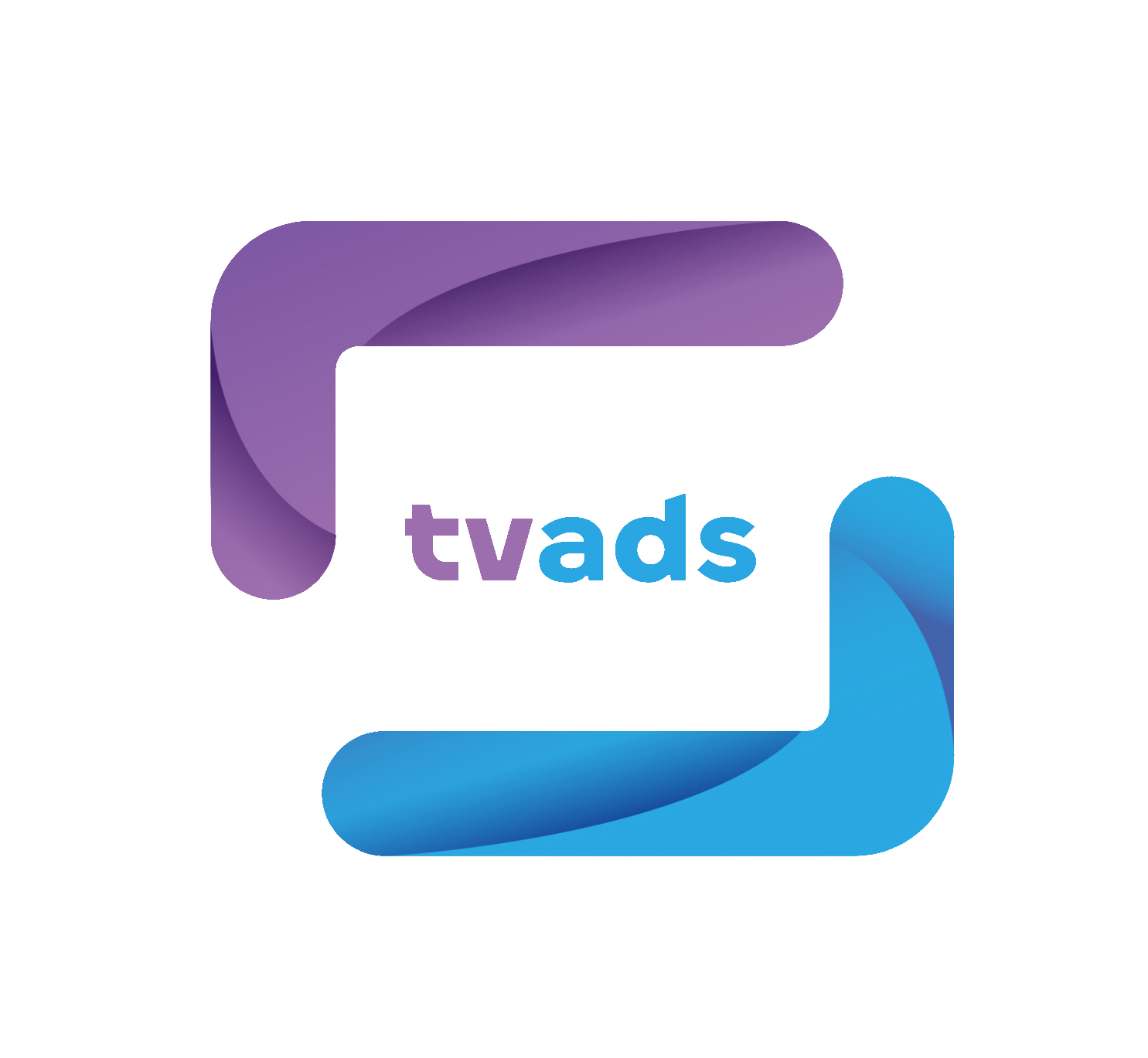Identity Unification
The system consolidates all this data into a single (pseudonymized) ID that does not rely on browser cookies.
Each time the user authenticates on a device or service, their credentials (typically, a hashed email/phone number) are recognized and linked to the master ID.
Distribution and Synchronization
Platforms such as Unified ID 2.0, ID5, LiveRamp, and similar solutions offer APIs or SDKs that allow publishers and advertisers to synchronize these IDs, reducing reliance on third-party cookies. This enables the same user visiting a site on a PC and later on a mobile device to be recognized and segmented for marketing campaigns or personalized content.
Leading Identity Solutions / Household ID Providers
1. Unified ID 2.0 (UID2)
Is a token-based identifier that encrypts/hashes email addresses, positioned as a third-party cookie alternative. UID2 is promoted as an open standard, allowing other ad tech companies and publishers to implement it freely, though it is led by The Trade Desk.
It is based on an encrypted email ID: when logging into a UID2-supported website/app, the email is encrypted into a token that can be shared anonymously to protect user privacy. The system allows users to revoke consent and exercise privacy rights.
Many SSPs (Supply-Side Platforms), DSPs (Demand-Side Platforms), ad servers, and data platforms have integrated UID2 to replace third-party cookies. UID2 ensures that each hashed email is recognized across any environment connected to its framework, creating a more consistent advertising experience across user navigation.
As it’s based on “deterministic” data (login) and not on mere navigation, the system is more transparent. Users can withdraw their consent or unsubscribe more easily, which facilitates regulatory compliance.
It is important to mention that cross-device recognition is simplified thanks to this type of solution, as the id based on email or various hashed credentials can identify the user independently of the device, without relying on cookies stored in browsers.
By relying on log data, identity reliability is higher than probabilistic models (such as fingerprinting), which can be more opaque and less accurate.
2. Prebid.org – SharedID
Prebid.org is a nonprofit organization that maintains the Prebid framework, widely used in programmatic advertising by publishers. Among its identity modules, SharedID replaces the third-party "pbjs" cookie for real-time bidding management. Prebid.js and its identity modules, including SharedID, are open-source and collaboratively developed
3. ID5 – ID5 ID
ID5 is a company focused exclusively on cookie-less identity management and interoperability in the ad tech ecosystem. ID5 ID is a universal identifier combining deterministic data (when available) with probabilistic methods (fingerprinting) to unify user identity across multiple sites and devices (PC, mobile, CTV, audio, game consoles). While not fully open-source, ID5 integrates with many AdTech platforms and is positioned as a neutral alternative in the market.
4. LiveRamp – RampID
LiveRamp is one of the largest providers of data onboarding and identity solutions. RampID converts personal information (e.g., emails and other CRM data) into an anonymized identifier used across multiple advertising platforms. While not open-source, it is widely adopted by major advertisers and publishers for secure offline-to-online data matching while ensuring privacy compliance.
5. NetID (European NetID Foundation)
NetID is a German initiative led by media companies such as RTL, ProSiebenSat.1, and United Internet (Web.de, GMX).
It provides a single sign-on (SSO) and a unified identifier for users across participating sites, focused on the European market. It has a strong privacy focus and is fully compliant with GDPR. While not strictly open-source, it is a collaborative initiative to standardize user identification in Europe.
Conclusion
There are numerous companies offering identity solutions (both first-party and third-party) that connect devices and platforms. This article has briefly summarized the main players, but in the near future, one solution may emerge as the dominant standard.
Additionally, some industry bodies are working to centralize and standardize market solutions. One example is Project Rearc by the IAB Tech Lab, an initiative that started in 2020, although it has not yet gained significant traction in the market.
The post-cookie (third-party) advertising identity market remains highly fragmented, with multiple solutions aiming to achieve the same goal: consistent and privacy-respecting user recognition across various environments (web, app, CTV, etc.). We will have to follow the evolution of the digital advertising ecosystem very closely to see which direction it takes.

